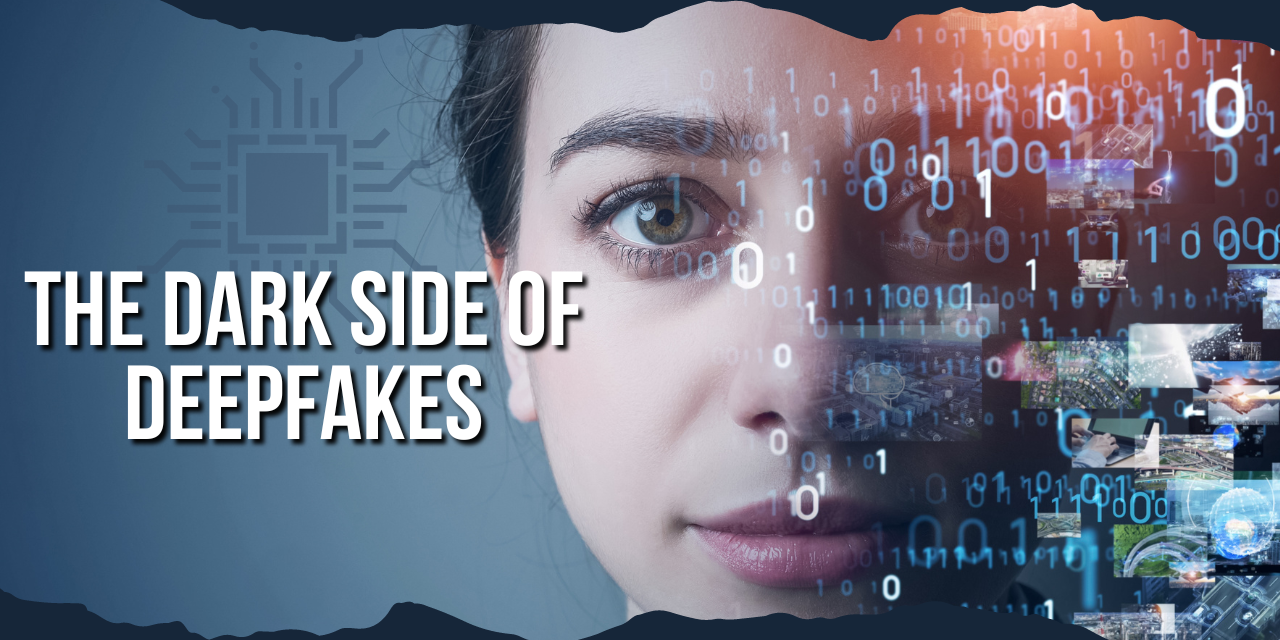Hey there readers, welcome to our yet another techy blog. Today let’s dive into the digital universe where reality sometimes gets cozy with make-believe. We’re talking about deepfakes – a tech marvel that’s shaken up the world of misinformation. As this trend keeps marching forward, it’s high time we wrap our heads around its impact and brainstorm some strategies to wrestle it under control in our society.
Unmasking Deepfakes
Imagine this: videos where someone’s face is playing dress-up on another person’s body. Yep, that’s deepfakes, the product of some seriously advanced AI and video sleight of hand. These slick algorithms check out features like skin tone and eye color, creating dazzling imitations that’ll have you doing a double take.
The Mirage of Misinformation
Let’s talk about the conundrum deepfakes pose – a new type of misinformation that’s the ultimate shape-shifter. In this age of hyper-speed digital sharing, stopping fake content is like trying to contain a wildfire with a garden hose. Deepfakes turn the old saying of “seeing is believing” on its head, making us question even the most convincing visuals and audios.
But here’s the kicker: these videos can look completely real while being totally full of lies. This kind of tech tosses truth and trust out the window, and that’s not a great place for society to be.
A Democracy Teetering on the Edge
Now, let’s talk politics. Deepfakes have the potential to throw a massive wrench into the political works. Picture this – a video pops up of a big-shot politician endorsing something wild and crazy. If the video looks legit, it could create chaos, mess with public opinion, and even steer policy debates. You can see why deepfakes are making democracy sweat a bit.
The Impact on Journalism
Journalism’s also feeling the heat. When videos can be tampered with this easily, how can you trust what you’re seeing? Media outlets are on their toes, figuring out how to verify stuff and not fall for the deepfake trap. Journalists are adapting their fact-checking tricks to deal with the deepfake surge and keep the truth torch burning bright.
This whole situation brings up another point – media literacy. Teaching folks about deepfakes, what they can do, and how to spot them is like arming society with some high-tech superpowers. It’s all about making sure we don’t just swallow content without a second thought.
Tech to the Rescue
The fight’s on, and techies are leading the charge. They’re cooking up tools to spot sneaky deepfakes. These tools use some serious brainpower – machine learning algorithms – to catch little inconsistencies in facial expressions, voice patterns, and other tiny details that could give away the fakery.
And here’s a curveball – blockchain technology’s stepping up too. It could create a rock-solid record of real stuff, which comes in handy when you’re trying to figure out if a piece of media is legit or not.
Media Literacy’s Team Effort
But tech can’t do it all alone. Everyone’s got to chip in, too. Media literacy’s the name of the game. We’ve got to learn how to deal with deepfakes ourselves. Schools, news outlets, and tech gurus can team up to raise awareness. They can throw media literacy into the education mix and get people thinking critically about what they see.
Oh, and remember – don’t just gobble up content like it’s a buffet. Question where it’s coming from, what it’s saying, and why it’s in your face.
Legal and Ethical Crossroads
Here’s a twist – deepfakes have got us rethinking laws and ethics. The rules that used to apply to fake news don’t quite fit the deepfake scene.
The legal maze’s getting a makeover. Laws about stuff like privacy and intellectual property are getting a workout thanks to deepfakes’ reality-warping abilities. Policymakers have got their work cut out for them, trying to adapt existing laws to deal with this 21st-century challenge.
And ethics? Oh boy, that’s a whole new dance. Setting boundaries on creating and spreading deepfakes is essential. We’ve got to balance freedom of speech with the risk of causing harm with fake content. It’s a tough tightrope to walk, but society’s got to find its footing.
A Safer Digital Future
So, what’s the grand plan to tackle misinformation in this digital rodeo?
Technology’s got the tools to spot deepfakes, but we’ve got to add our skepticism and critical thinking to the mix. Throw in some media literacy initiatives, a dash of legal adjustments, and some ethical soul-searching, and we’re on the path to a smarter digital era.
Remember, don’t gulp down content blindly. Check sources, be a skeptic, and give truth the high-five it deserves. By nurturing a society that values truth and uses tech responsibly, we’re riding the waves of the digital age like pros.





